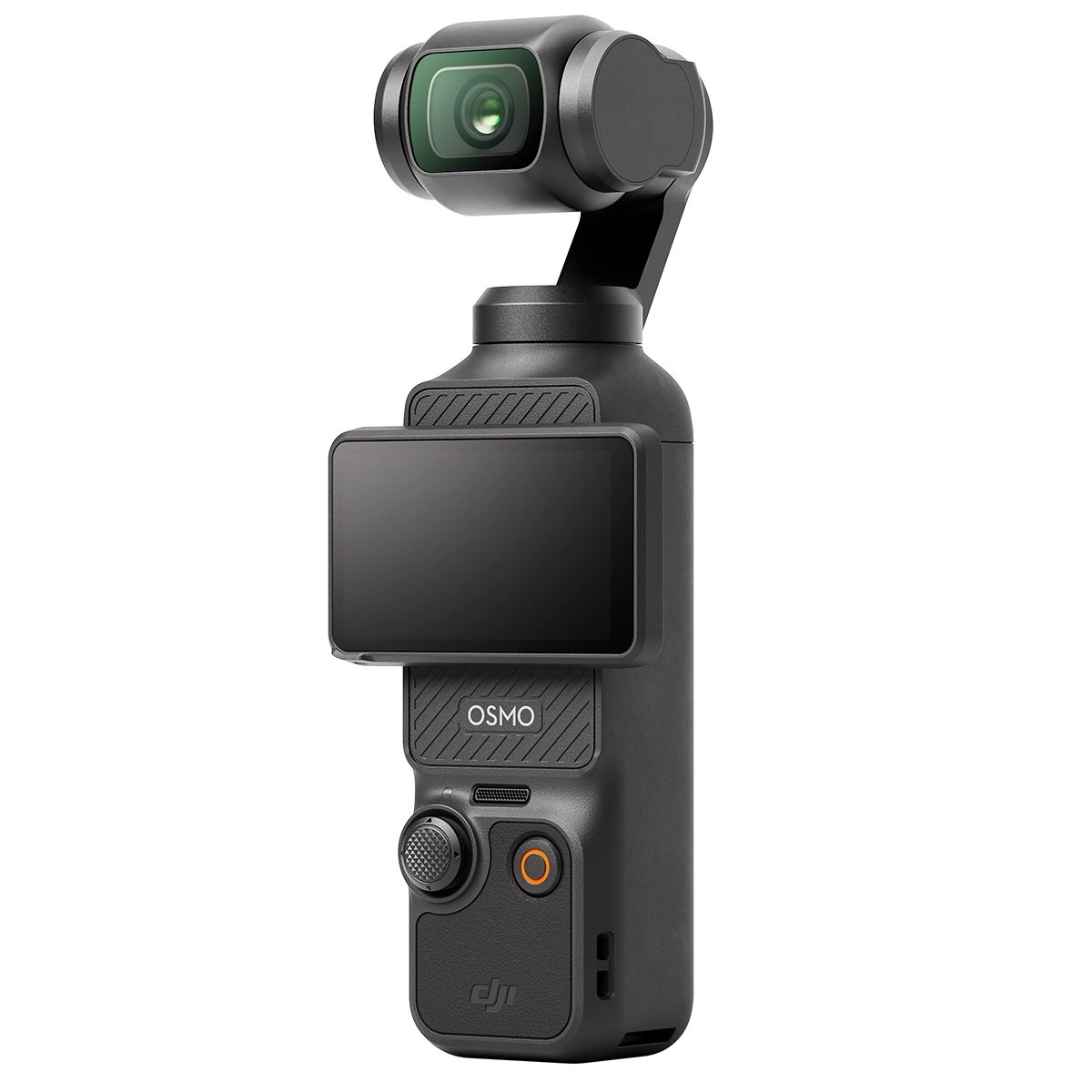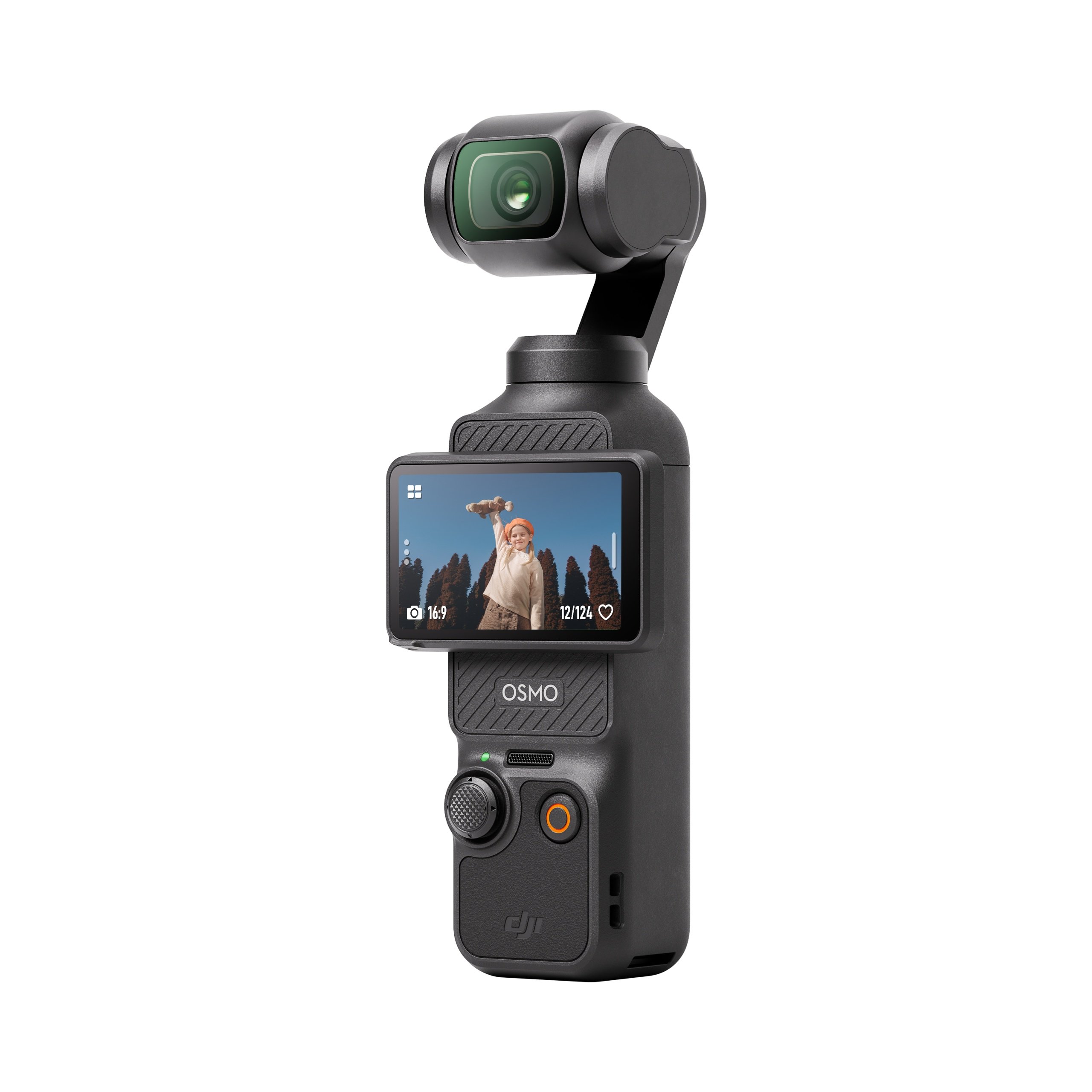DJI Osmo Pocket 3: A Pocket-Sized Powerhouse Redefined

The DJI Osmo Pocket series has always promised professional-grade video capture in an unbelievably small form factor. The Osmo Pocket 3 arrives with a larger 1-inch CMOS sensor, a rotating touchscreen, and enhanced tracking, signaling a significant leap forward. Can it finally deliver on the promise of a truly pocketable filmmaking tool without significant compromises? Let’s dive in.
The most noticeable upgrade is the 1-inch sensor, a substantial improvement over its predecessor. This translates directly into improved dynamic range, better low-light performance, and shallower depth of field – all crucial for creating cinematic-looking footage. Images are sharper, and the noise floor is significantly reduced, even in challenging lighting conditions. While not quite rivalling dedicated mirrorless cameras, the Pocket 3 holds its own against many smartphones boasting similar sensor sizes.
The redesigned form factor is another welcome change. The rotating 2-inch OLED touchscreen makes framing shots and navigating menus much more intuitive. No more squinting at a tiny display! The physical controls are also well-placed, allowing for quick adjustments on the fly. The build quality remains top-notch, as expected from DJI. It feels robust and well-engineered, capable of withstanding the rigors of daily use.

DJI has packed a suite of intelligent features into the Osmo Pocket 3. ActiveTrack 6.0 is significantly improved, locking onto subjects quickly and maintaining focus even with complex movements. The built-in microphones capture surprisingly clear audio, although serious filmmakers will still want to invest in an external microphone for optimal sound quality. The various shooting modes, including timelapse, hyperlapse, and panorama, are all well-implemented and easy to use.

However, the Pocket 3 isn’t without its drawbacks. The increased sensor size and features demand more processing power, which can lead to slightly shorter battery life compared to the Pocket 2. While the camera is excellent for solo vloggers and content creators, the lack of interchangeable lenses limits its versatility in certain shooting scenarios. The reliance on a proprietary accessory mount can also be frustrating, forcing users to invest in DJI’s ecosystem. Lastly, the gimbal can occasionally exhibit slight jitters, particularly when walking quickly on uneven terrain. Post-stabilization may be needed to iron out minor imperfections.
Overall, the DJI Osmo Pocket 3 is a compelling offering for content creators, vloggers, and anyone who wants a high-quality, ultra-portable camera. Its improved sensor, intelligent features, and redesigned form factor make it a significant upgrade over its predecessor. While it has its limitations, the Pocket 3’s strengths far outweigh its weaknesses, making it an excellent choice for those who prioritize portability and ease of use without sacrificing image quality.
Where to Buy:

DJI Osmo Pocket 3 Quick Summary
Key Scores:
- Value: 87%
- Design: 90%
- Performance: 92%
- Quality: 92%
- Popularity: 92%
Top Pros
- ✅ The 1-inch sensor delivers significantly improved image quality and dynamic range.
- ✅ The rotating touchscreen simplifies operation and framing, providing a better user experience.
- ✅ ActiveTrack 6.0 ensures reliable subject tracking, crucial for dynamic video capture.
- …
Key Cons
- ❌ Battery life is noticeably shorter compared to its predecessor, impacting extended shooting sessions.
- ❌ Lack of interchangeable lenses limits creative possibilities and adaptability to diverse scenarios.
- ❌ The proprietary accessory mount locks users into the DJI ecosystem, increasing costs.
- …





















